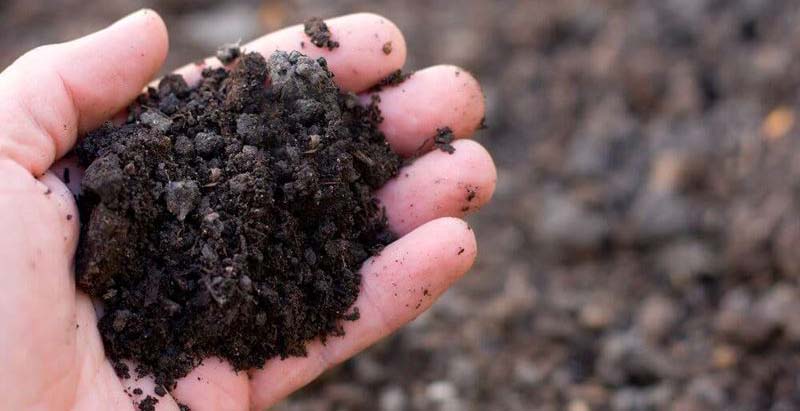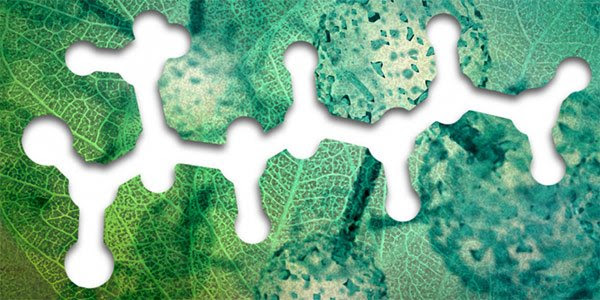Nitrogen is a Plant's Best Friend
Nitrogen is a Plant's Best Friend
Written By: Wes Chun, PhD // Co-Authored By: Sophie Rogers
Nitrogen is the second most important nutrient for plants, with carbon being the first. It constitutes three to four percent of a plant’s biomass. It is a key component in biological molecules such as DNA, RNA, enzymes, proteins, and important compounds such as chlorophyll. Fertilizers, organic matter, and biological nitrogen fixation are sources of nitrogen for agricultural crops. Selecting the right nitrogen source will be instrumental towards efficiently producing a crop.
There are numerous synthetic and organic options to provide nitrogen to plants. Synthetic nitrogen fertilizers can be useful if used properly. Complex organic fertilizers such as chicken litter are great for providing nitrogen throughout the growing season. Amino acid fertilizers offer a low risk, rapidly available form of nitrogen. Amino acid fertilizers can be used to ameliorate nitrogen deficiencies or to provide additional nitrogen for nitrogen hungry plants such as leafy vegetables and corn.


-1.png?width=1165&height=388&name=Untitled%20design%20(8)-1.png)

.png?width=1173&name=Ferti-Facts%20(2).png)


